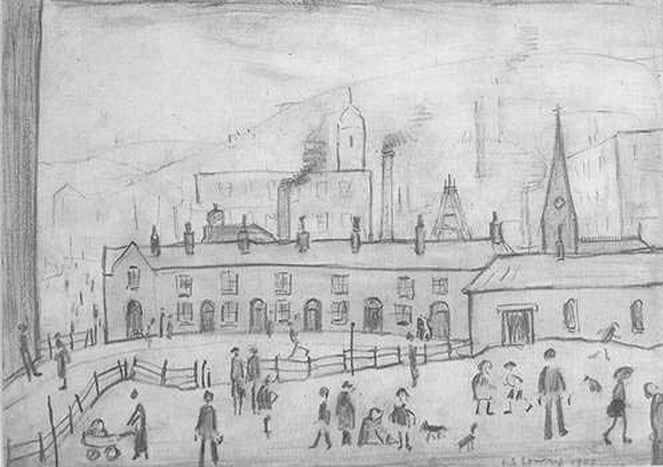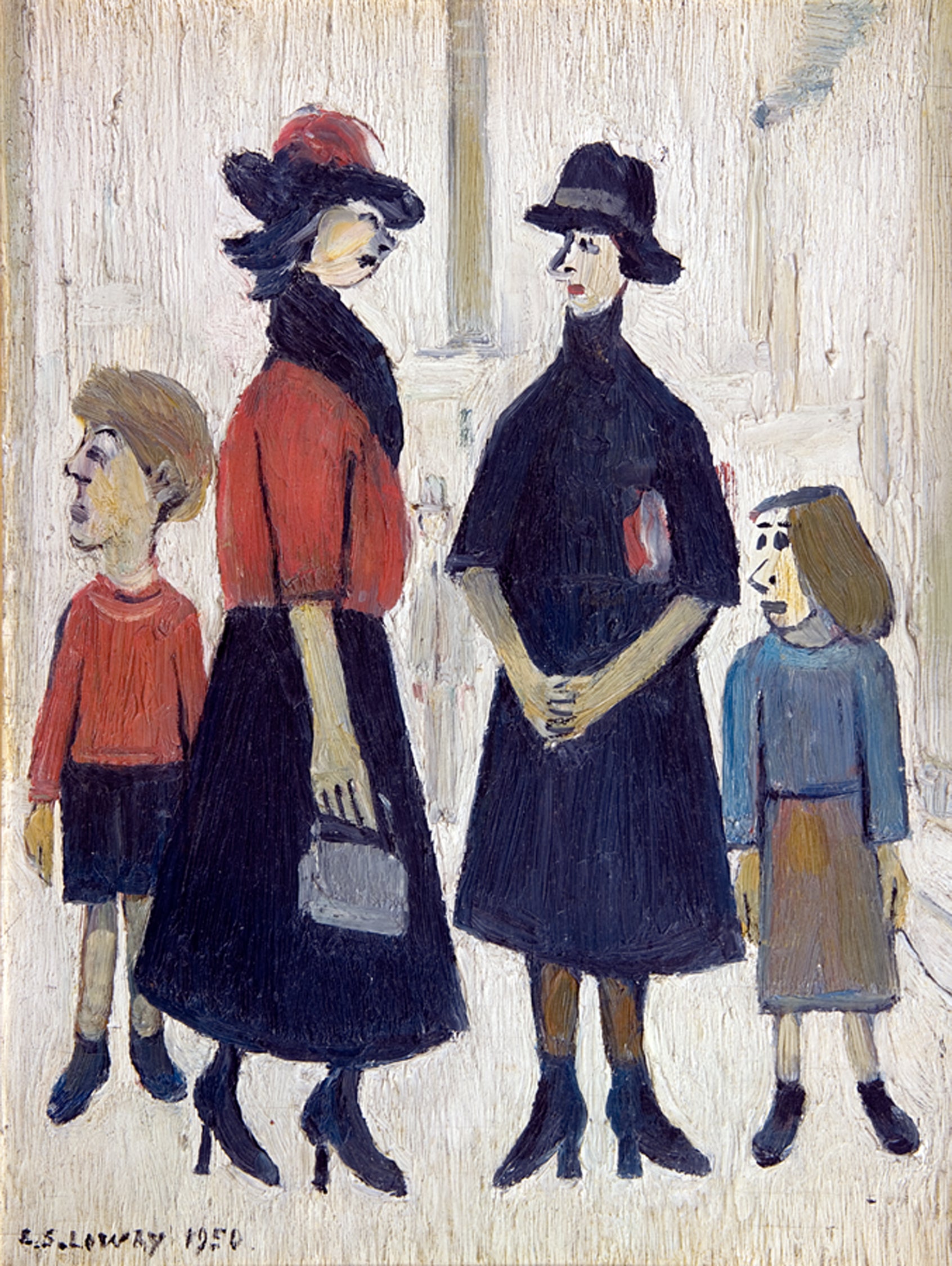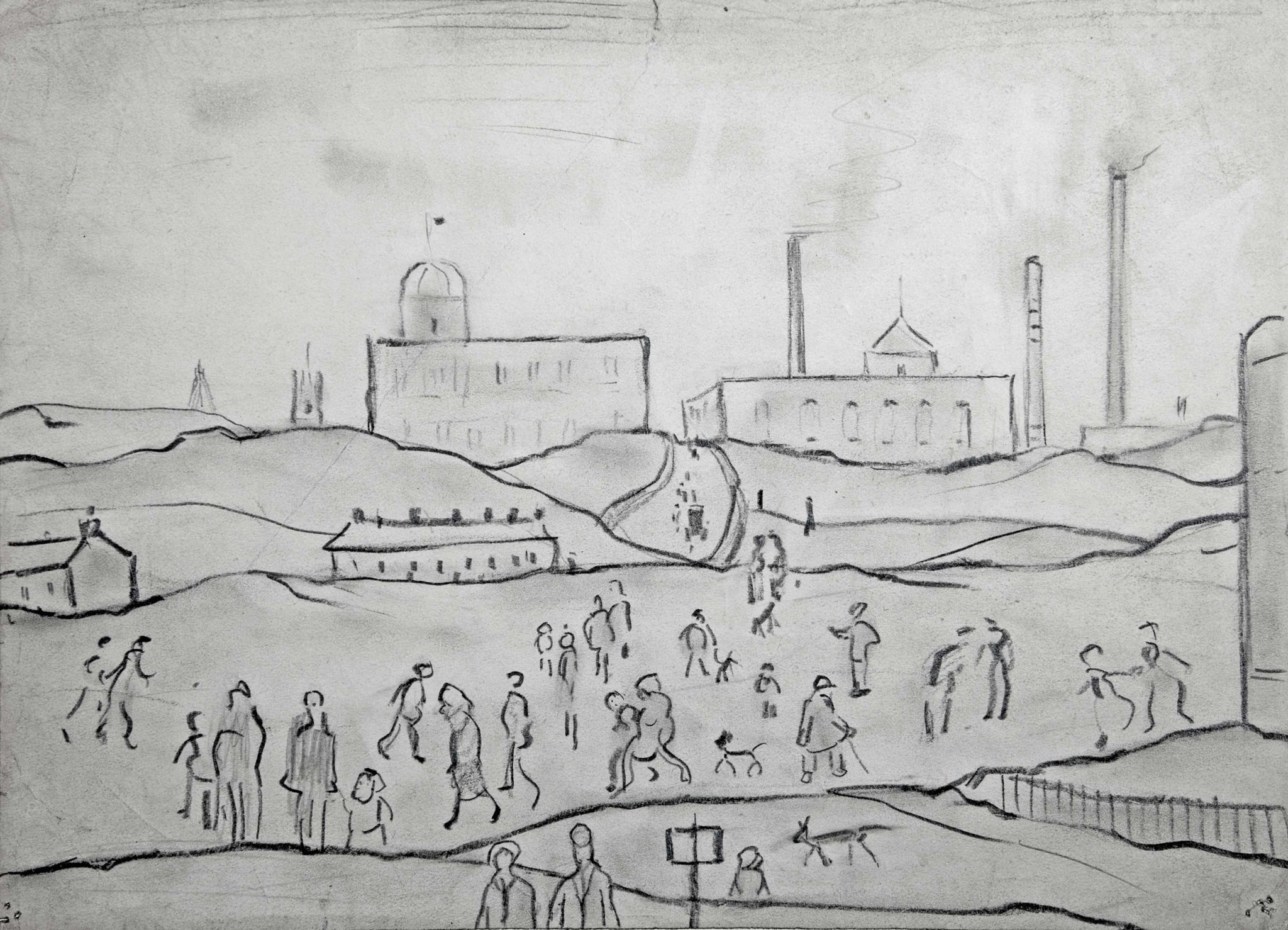Stolen LS Lowry paintings traded as 'currency' and 'collateral' by criminal gangs
Pictures stolen nearly a decade ago are believed to be in the hands of drug bosses

Stolen paintings by Salford artist LS Lowry are being used as “currency” by criminal gangs, a gallery owner has claimed.
Works of art seized in a smash and grab raid nearly ten years ago at a Cheshire gallery are probably being passed between drug bosses as a form of “collateral”, he says.
Three Lowry works, one of which would today be valued at around £400,000, were among a cache of 13 paintings stolen from the Clark Art gallery in Hale in 2006.
The haul, worth around £500,000 at the time of the theft but now estimated at more than £1 million, has never been recovered.
Gallery owner Bill Clark was told by a loss adjuster who came to investigate the theft that the paintings – in particular the highly sought-after Lowrys – were probably being used as “currency” and “collateral” in down payments for drugs.

“The loss adjuster said stolen Lowry paintings are used as collateral within the criminal underground,” Clark told The Independent.
“They are traded against drugs and used as currency. Eventually the monetary value is realised and they sell them someone for cash.”
He is offering a £25,000 reward to anyone with information that will lead to their recovery.
“After this amount of time the thinking is that they will appear,” Clark said.
“At the time we did a Crime Watch programme which got surprisingly little back. It was suggested to us that they might have been stolen to order by someone very high up in the criminal underworld. Someone people don’t want to mess with.”
The theft took place just one week after the gallery opened at around 2am in September 2006.
Other works stolen were all by artists from the North of England which Clark suggests points to the thieves being local.

He believes the paintings were stolen to order – something supported by witnesses who saw men browsing through a catalogue outside the gallery in the early hours on the night they were stolen.
Thieves are believed to have used a manhole cover stolen from a street a mile away to bash the windows of the gallery in before grabbing the paintings and escaping.

Police investigated at the time but Clark said he has heard nothing since. He remains “optimistic” that the paintings have not been destroyed and will eventually be recovered.
“It does sound a bit sensational but it is true that stolen paintings are used as collateral in exchange for drugs, weapons and sometimes as what we call ‘get out of jail free cards’ to bargain with the police,” said Christopher A. Marinello of Art Recovery International.
“We have been doing recovery work for a long time and have seen almost everything. Thieves sometimes contact us to ask about rewards. Since the creation of the ART Claim Database they have realised the world they operate in has got a lot smaller which sometimes frustrates their attempts to sell paintings quickly so they end up using them for bargaining purposes within the criminal underworld.”
Join our commenting forum
Join thought-provoking conversations, follow other Independent readers and see their replies
0Comments